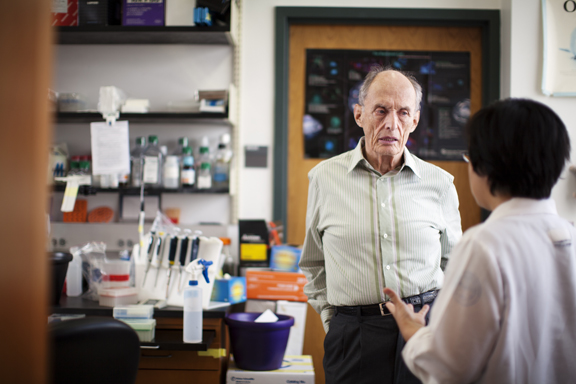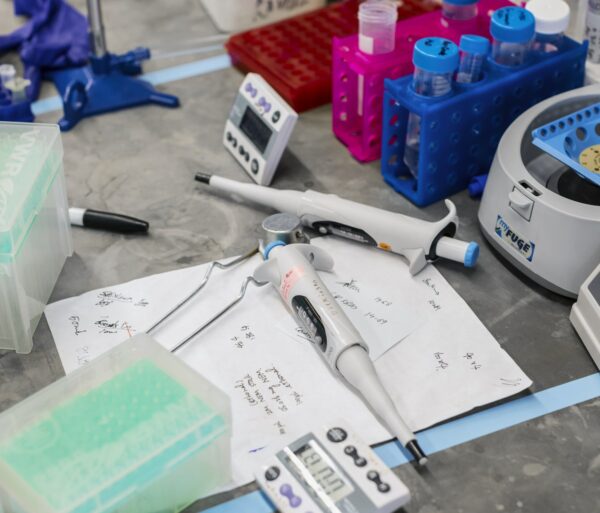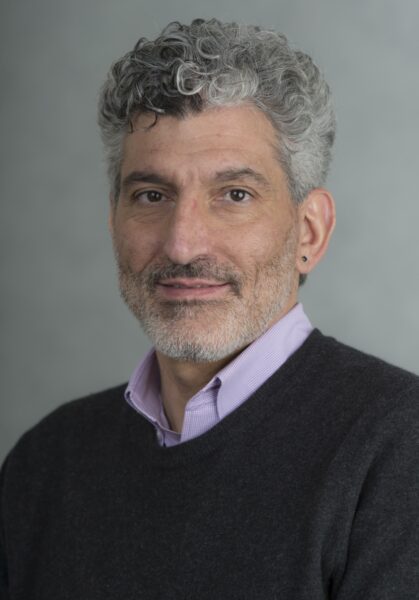
Parkinson’s disease (PD) inhibits movement, causes tremors, and may lead to early death. Parkinson’s disease is incurable and worsens over time. The medications that are prescribed for PD attempt to control the symptoms of the disease. No drugs yet exist to slow or stop the inevitable deterioration of brain cells that control body movement. Existing PD drugs have limited results and become less effective over time. Currently prescribed drugs for PD carry frequent and often intolerable adverse effects, exhibited by abnormal involuntary movement.
The exact cause of PD is unknown but several factors appear to play a role, including genetics and environment. Scientists know that PD strikes by killing dopamine-producing cells in a specific region located in the middle of the brain, an area called the substantia nigra pars compacta. Dopamine is a signaling molecule that regulates normal movement of the human body. What puzzles scientists is why PD does not attack dopamine-producing cells that exist in an adjacent, but separate, brain region called the ventral tegmental area.
Technical limitations have prevented researchers from solving the mystery of why dopamine producing cells in one brain region are susceptible to PD, while cells in a nearby region are resistant. The two brain regions are so closely intermingled that efforts to isolate them with scalpels and lasers, even under powerful microscopes, traumatize brain tissue. Studies involving compromised tissue samples have led to inconclusive results.
A strain of genetically modified mice worked to eliminate the need to use cutting tools to isolate the different brain regions. Mice in this study were to be bred to carry a green fluorescent protein that was to exist in the dopamine-producing cells in two specific areas of the brain. One set of mice was to have the green fluorescent protein in the region where PD attacks dopamine-producing cells. Another group of mice was to have the identifying protein in the region with PD-resistant cells.
Dr. Greengard used his 2011 BRF $150,000 grant to compare the properties of these two cell groups. This comparison study worked to help scientists unravel the key molecular steps responsible for the selective death of dopamine-producing cells and gain clues about the key proteins responsible.
Samples were to undergo microarray analysis in which thousands of molecules in a biological sample were analyzed at the same time. That allowed a large amount of data to be assembled into two lists: one showing molecules that are specific to the dopamine producing cells that are attacked in PD and the other showing molecules that are specific to the dopamine-producing cells that are PD-resistant.
Dr. Greengard expected to identify specific receptor proteins and enzymes that are a factor in PD. This knowledge would elucidate areas that would be most receptive to new drug treatments and other innovative therapies for PD.
This innovative technology could not only be used to better understand the molecular mechanisms behind PD, it could be used to uncover mechanisms in other neurological disorders like Alzheimer’s disease, schizophrenia and depression.




